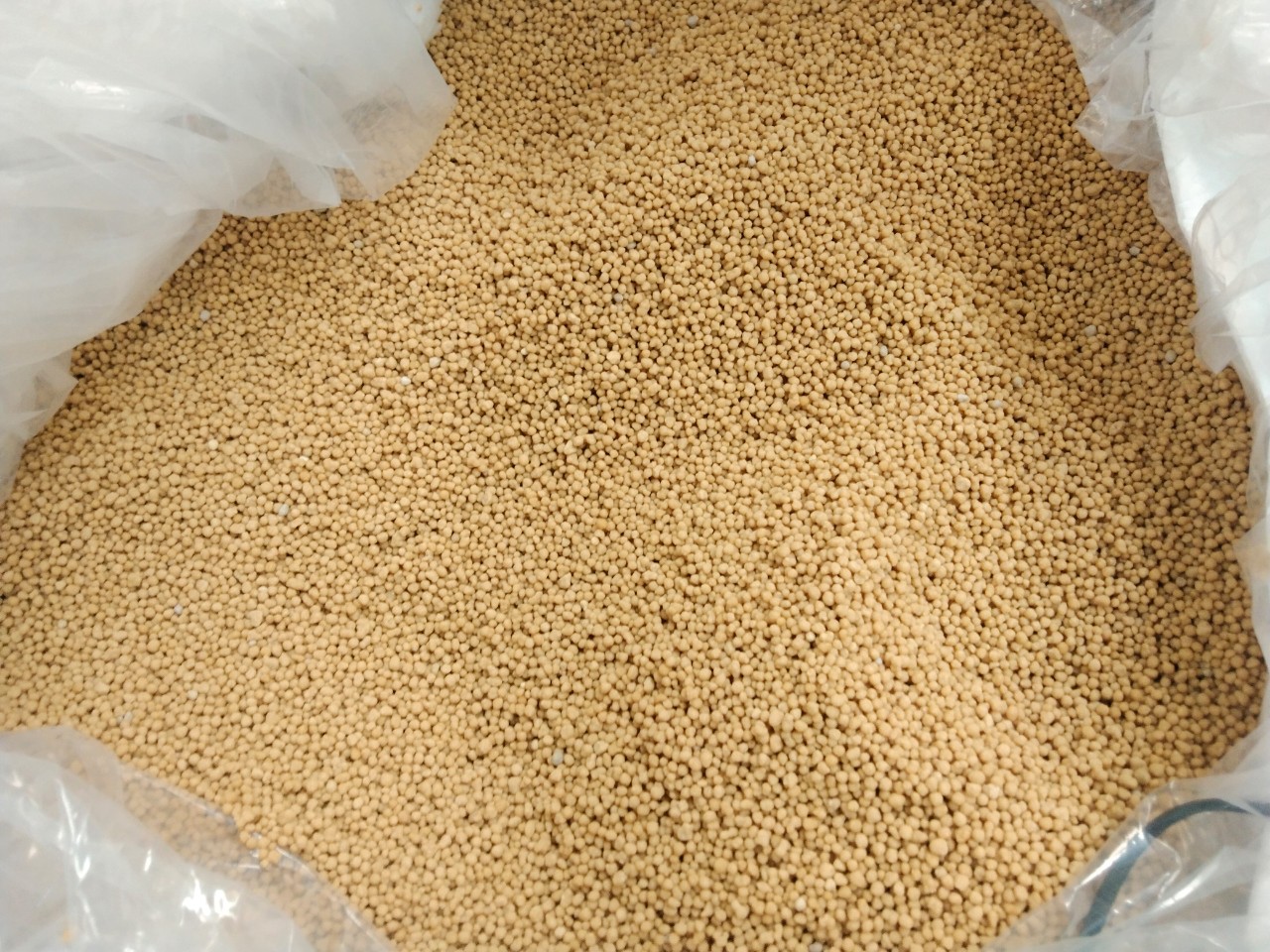
In today’s high-stakes agricultural landscape, every gram of fertilizer must count. Industrial-grade monoammonium phosphate (MAP)—with its precise N:P ratio of 11-52-0—offers more than just nutrient delivery. It delivers performance that translates directly into stronger root systems, improved stress resistance, and measurable yield gains across diverse soil types.
Unlike traditional phosphates that may remain locked in the soil, industrial-grade MAP dissolves rapidly—even in challenging conditions. According to a 2022 study by the International Fertilizer Association (IFA), MAP achieves over 90% dissolution within 48 hours in both acidic (pH 4.5–5.5) and alkaline (pH 7.5–8.5) soils—a key advantage over diammonium phosphate (DAP), which shows only 65–70% solubility under similar conditions.
| Soil Type | MAP Dissolution Rate (%) | Traditional Phosphate Efficiency |
|---|---|---|
| Sandy Loam | 92% | 68% |
| Clay Soil | 87% | 59% |
| Acidic Soil (pH 5) | 94% | 62% |
Field trials conducted in Kenya and Brazil showed that crops treated with industrial-grade MAP developed root mass up to 35% greater than those using conventional P sources. This enhanced root architecture improves water uptake efficiency and boosts tolerance to drought and disease—critical for climate-resilient farming.
“What makes this fertilizer different isn’t just the chemistry—it’s how it behaves in real-world fields,” says Dr. Lena Müller, Agrochemical Research Lead at Wageningen University. “Farmers see results faster because nutrients are available when plants need them most.”

When nutrients are efficiently absorbed, crop quality follows. A 2023 trial on tomato farms in Spain found that MAP-treated plots produced fruit with higher Brix levels (+2.1%) and better uniformity—making them ideal for premium markets where consistency is king.
That means less waste, fewer rejections, and more profit per hectare. As one Italian grower put it: “Letting each dollar invested translate into actual yield growth—that’s what keeps us coming back.”
Want to know if your soil type benefits most from MAP? Click below to get a free soil-specific nutrient analysis tool—no sign-up required.